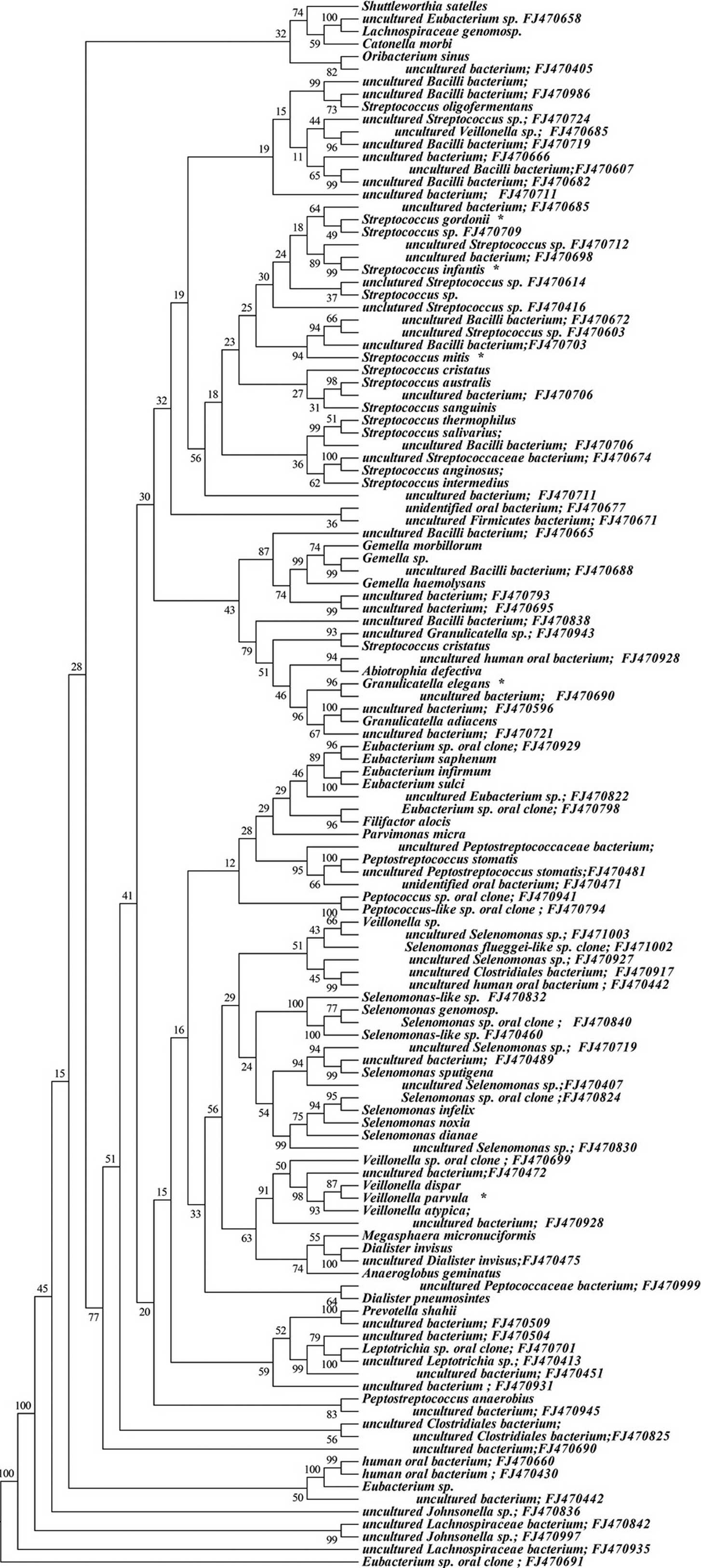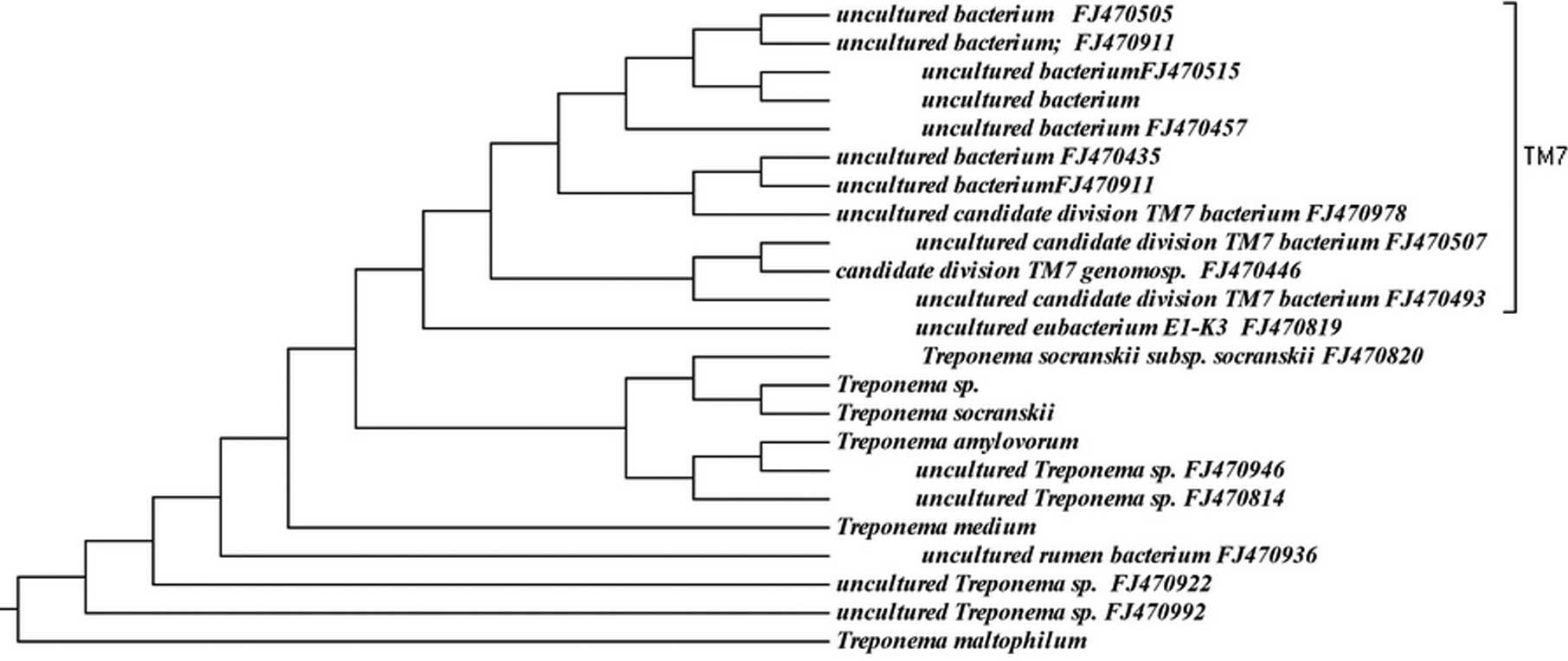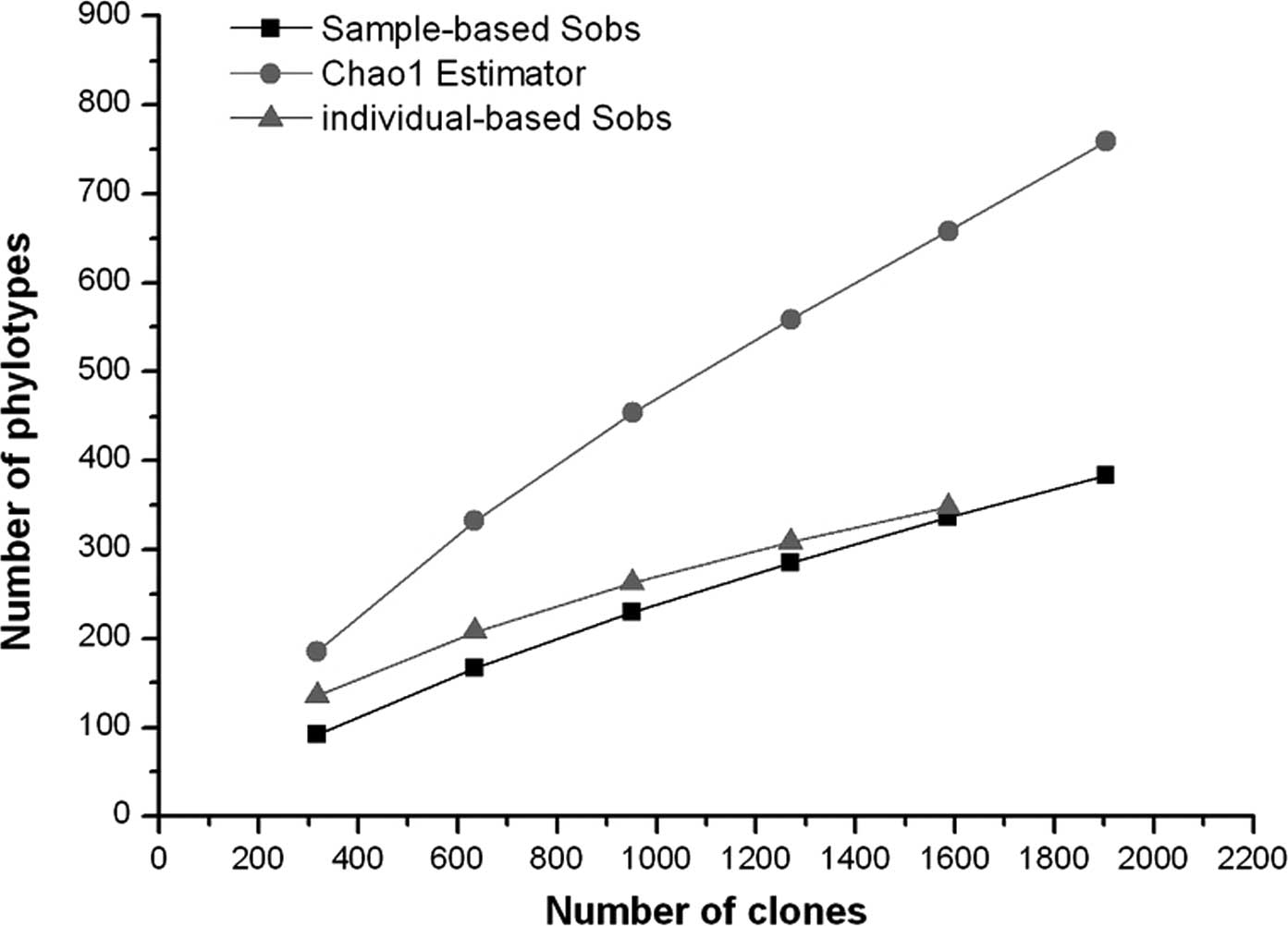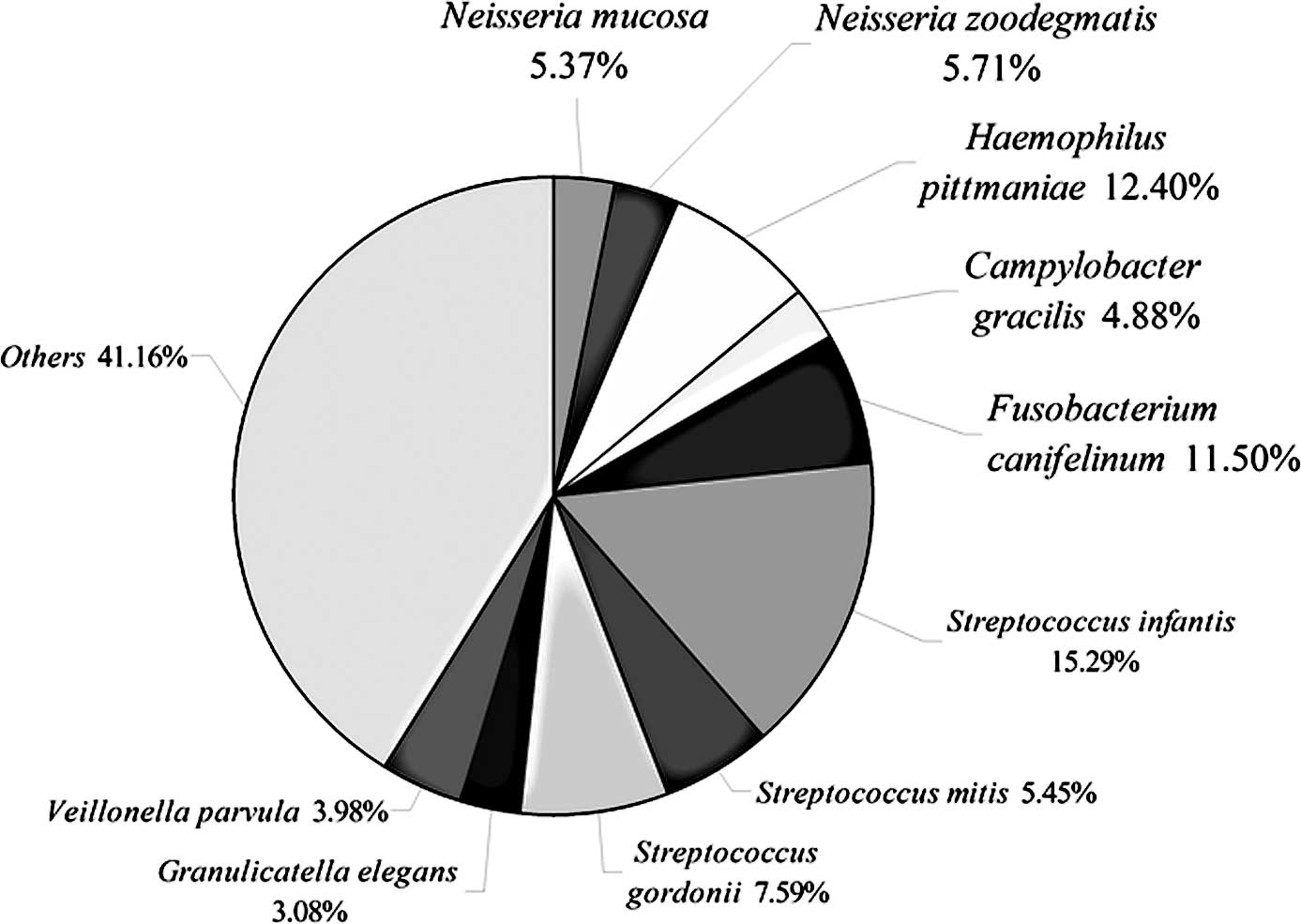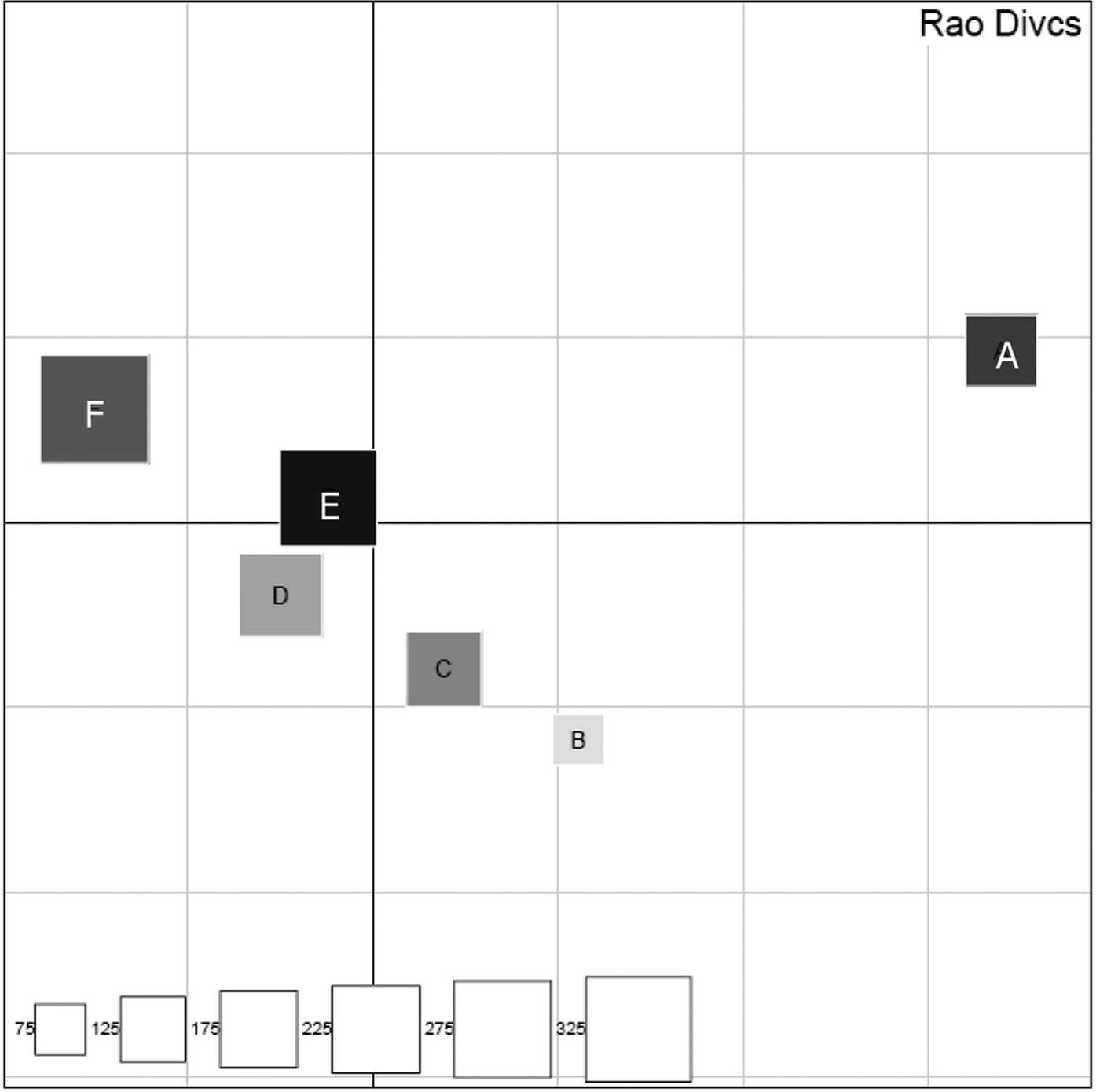|
1.
|
Bik EM, Long CD, Armitage GC, et al:
Bacterial diversity in the oral cavity of 10 healthy individuals.
ISME J. 4:962–974. 2010. View Article : Google Scholar : PubMed/NCBI
|
|
2.
|
Preza D, Olsen I, Willumsen T, Grinde B
and Paster BJ: Diversity and site-specificity of the oral
microflora in the elderly. Eur J Clin Microbiol Infect Dis.
28:1033–1040. 2009. View Article : Google Scholar : PubMed/NCBI
|
|
3.
|
Colombo AP, Boches SK, Cotton SL, et al:
Comparisons of subgingival microbial profiles of refractory
periodontitis, severe periodontitis, and periodontal health using
the human oral microbe identification microarray. J Periodontol.
80:1421–1432. 2009. View Article : Google Scholar
|
|
4.
|
Corby PM, Lyons-Weiler J, Bretz WA, et al:
Microbial risk indicators of early childhood caries. J Clin
Microbiol. 43:5753–5759. 2005. View Article : Google Scholar : PubMed/NCBI
|
|
5.
|
Riggio MP, Lennon A, Rolph HJ, et al:
Molecular identification of bacteria on the tongue dorsum of
subjects with and without halitosis. Oral Dis. 14:251–258. 2008.
View Article : Google Scholar : PubMed/NCBI
|
|
6.
|
Aas JA, Paster BJ, Stokes LN, Olsen I and
Dewhirst FE: Defining the normal bacterial flora of the oral
cavity. J Clin Microbiol. 43:5721–5732. 2005. View Article : Google Scholar : PubMed/NCBI
|
|
7.
|
Aas JA, Griffen AL, Dardis SR, et al:
Bacteria of dental caries in primary and permanent teeth in
children and young adults. J Clin Microbiol. 46:1407–1417. 2008.
View Article : Google Scholar : PubMed/NCBI
|
|
8.
|
Tanner AC, Kent R Jr, Kanasi E, et al:
Clinical characteristics and microbiota of progressing slight
chronic periodontitis in adults. J Clin Periodontol. 34:917–930.
2007. View Article : Google Scholar : PubMed/NCBI
|
|
9.
|
Sakamoto M, Rocas IN, Siqueira JF Jr and
Benno Y: Molecular analysis of bacteria in asymptomatic and
symptomatic endodontic infections. Oral Microbiol Immunol.
21:112–122. 2006. View Article : Google Scholar : PubMed/NCBI
|
|
10.
|
Tanner AC, Paster BJ, Lu SC, et al:
Subgingival and tongue microbiota during early periodontitis. J
Dent Res. 85:318–323. 2006. View Article : Google Scholar : PubMed/NCBI
|
|
11.
|
Munson MA, Banerjee A, Watson TF and Wade
WG: Molecular analysis of the microflora associated with dental
caries. J Clin Microbiol. 42:3023–3029. 2004. View Article : Google Scholar : PubMed/NCBI
|
|
12.
|
Sakamoto M, Huang Y, Umeda M, Ishikawa I
and Benno Y: Detection of novel oral phylotypes associated with
periodontitis. FEMS Microbiol Lett. 217:65–69. 2002. View Article : Google Scholar : PubMed/NCBI
|
|
13.
|
Becker MR, Paster BJ, Leys EJ, et al:
Molecular analysis of bacterial species associated with childhood
caries. J Clin Microbiol. 40:1001–1009. 2002. View Article : Google Scholar : PubMed/NCBI
|
|
14.
|
Kroes I, Lepp PW and Relman DA: Bacterial
diversity within the human subgingival crevice. Proc Natl Acad Sci
USA. 96:14547–14552. 1999. View Article : Google Scholar : PubMed/NCBI
|
|
15.
|
Paster BJ, Boches SK, Galvin JL, et al:
Bacterial diversity in human subgingival plaque. J Bacteriol.
183:3770–3783. 2001. View Article : Google Scholar : PubMed/NCBI
|
|
16.
|
Schloss PD and Handelsman J: Introducing
DOTUR, a computer program for defining operational taxonomic units
and estimating species richness. Appl Environ Microbiol.
71:1501–1506. 2005. View Article : Google Scholar : PubMed/NCBI
|
|
17.
|
Huber T, Faulkner G and Hugenholtz P:
Bellerophon: a program to detect chimeric sequences in multiple
sequence alignments. Bioinformatics. 20:2317–2319. 2004. View Article : Google Scholar : PubMed/NCBI
|
|
18.
|
Hughes JB, Hellmann JJ, Ricketts TH and
Bohannan BJ: Counting the uncountable: statistical approaches to
estimating microbial diversity. Appl Environ Microbiol.
67:4399–4406. 2001. View Article : Google Scholar : PubMed/NCBI
|
|
19.
|
Pavoine S, Dufour AB and Chessel D: From
dissimilarities among species to dissimilarities among communities:
a double principal coordinate analysis. J Theor Biol. 228:523–537.
2004. View Article : Google Scholar : PubMed/NCBI
|
|
20.
|
Gao Z, Tseng CH, Pei Z and Blaser MJ:
Molecular analysis of human forearm superficial skin bacterial
biota. Proc Natl Acad Sci USA. 104:2927–2932. 2007. View Article : Google Scholar : PubMed/NCBI
|
|
21.
|
Pearce DA, van der Gast CJ, Woodward K and
Newsham KK: Significant changes in the bacterioplankton community
structure of a maritime Antarctic freshwater lake following
nutrient enrichment. Microbiology. 151:3237–3248. 2005. View Article : Google Scholar
|
|
22.
|
Bin-Nun A, Bromiker R, Wilschanski M, et
al: Oral probiotics prevent necrotizing enterocolitis in very low
birth weight neonates. J Pediatr. 147:192–196. 2005. View Article : Google Scholar : PubMed/NCBI
|
|
23.
|
Mayanagi G, Sato T, Shimauchi H and
Takahashi N: Detection frequency of periodontitis-associated
bacteria by polymerase chain reaction in subgingival and
supragingival plaque of periodontitis and healthy subjects. Oral
Microbiol Immunol. 19:379–385. 2004. View Article : Google Scholar
|
|
24.
|
Lodhia P, Yaegaki K, Khakbaznejad A, et
al: Effect of green tea on volatile sulfur compounds in mouth air.
J Nutr Sci Vitaminol. 54:89–94. 2008. View Article : Google Scholar : PubMed/NCBI
|
|
25.
|
Duckworth RM: The science behind caries
prevention. Int Dent J. 43:529–539. 1993.PubMed/NCBI
|















